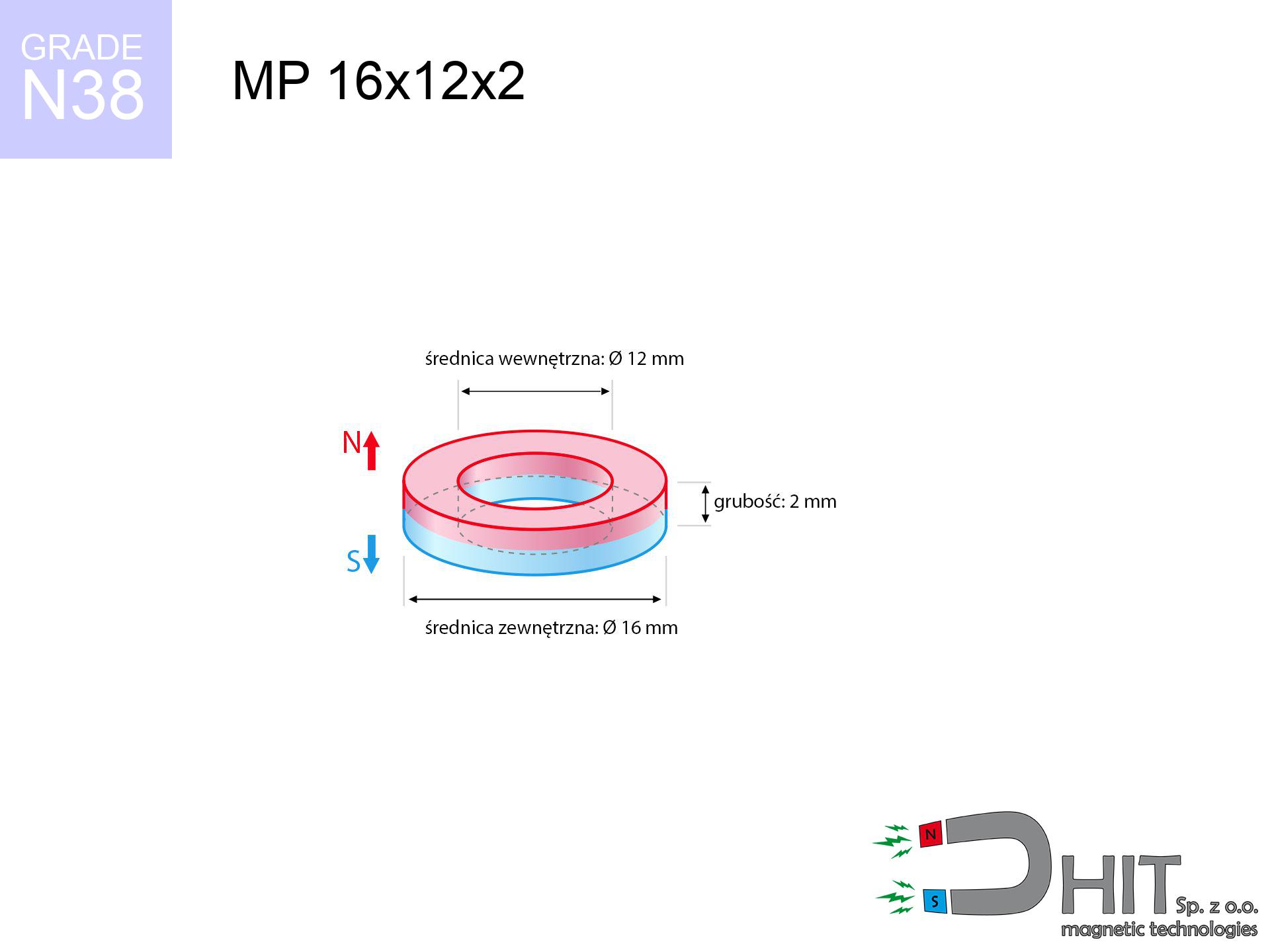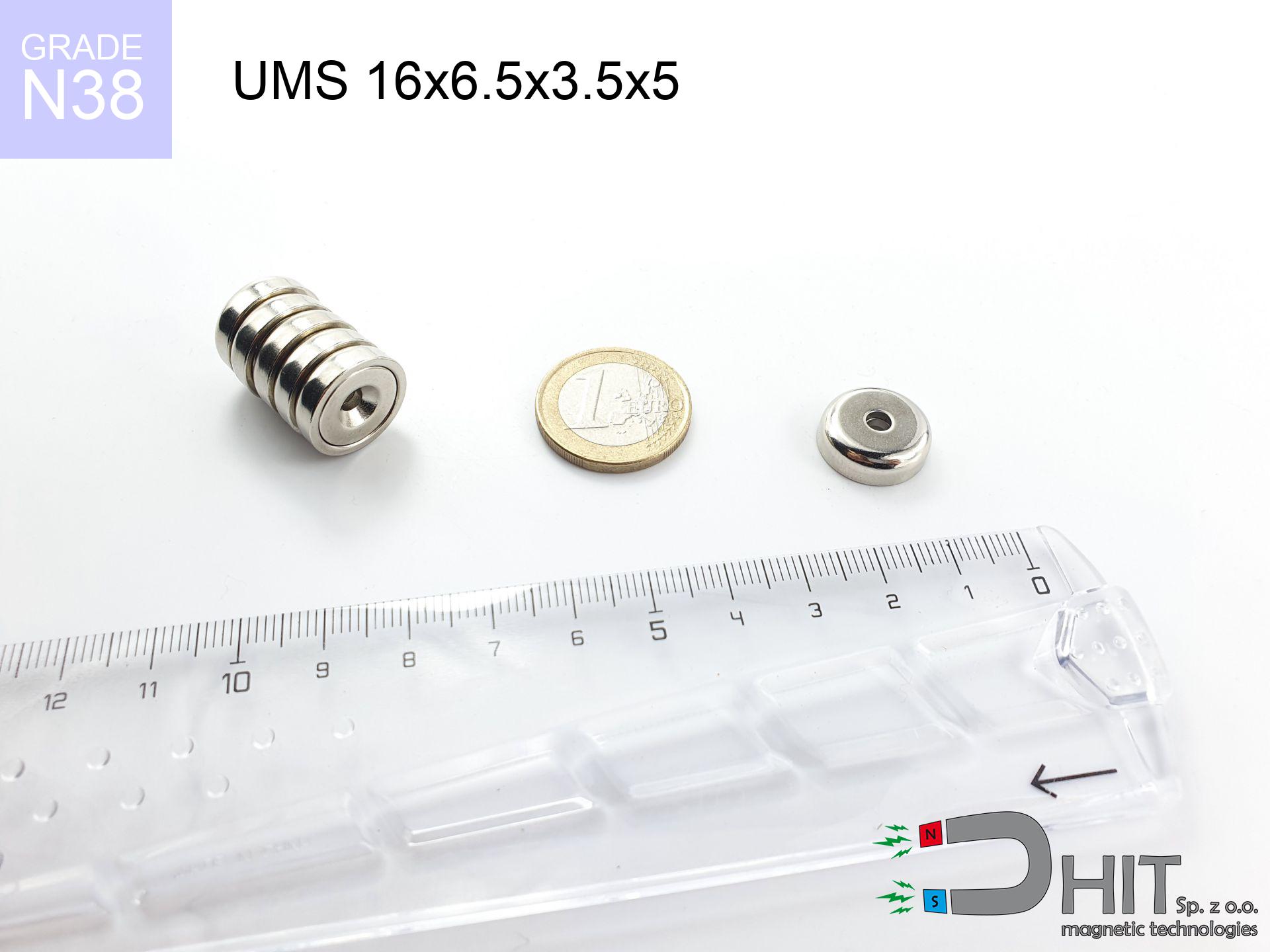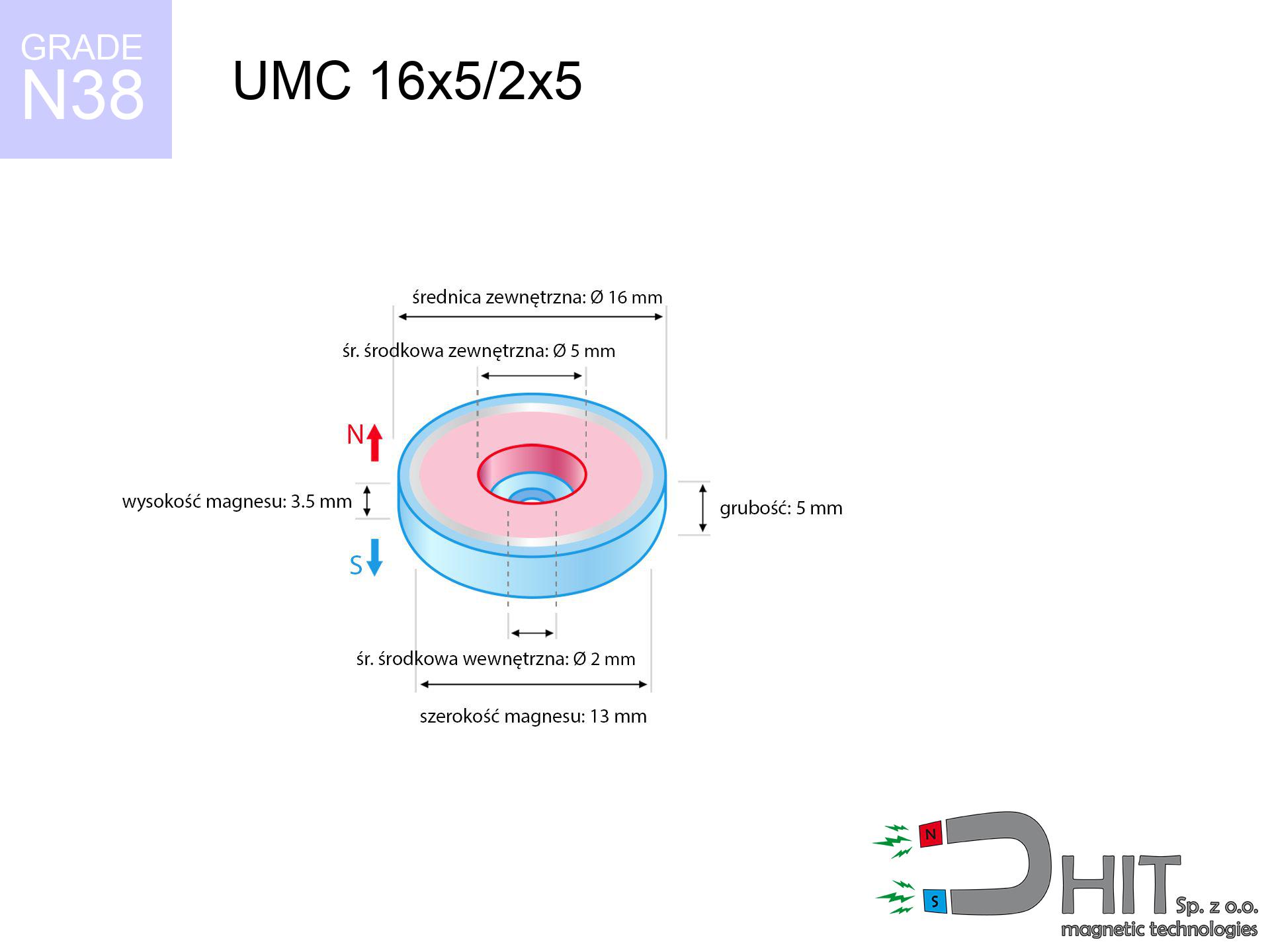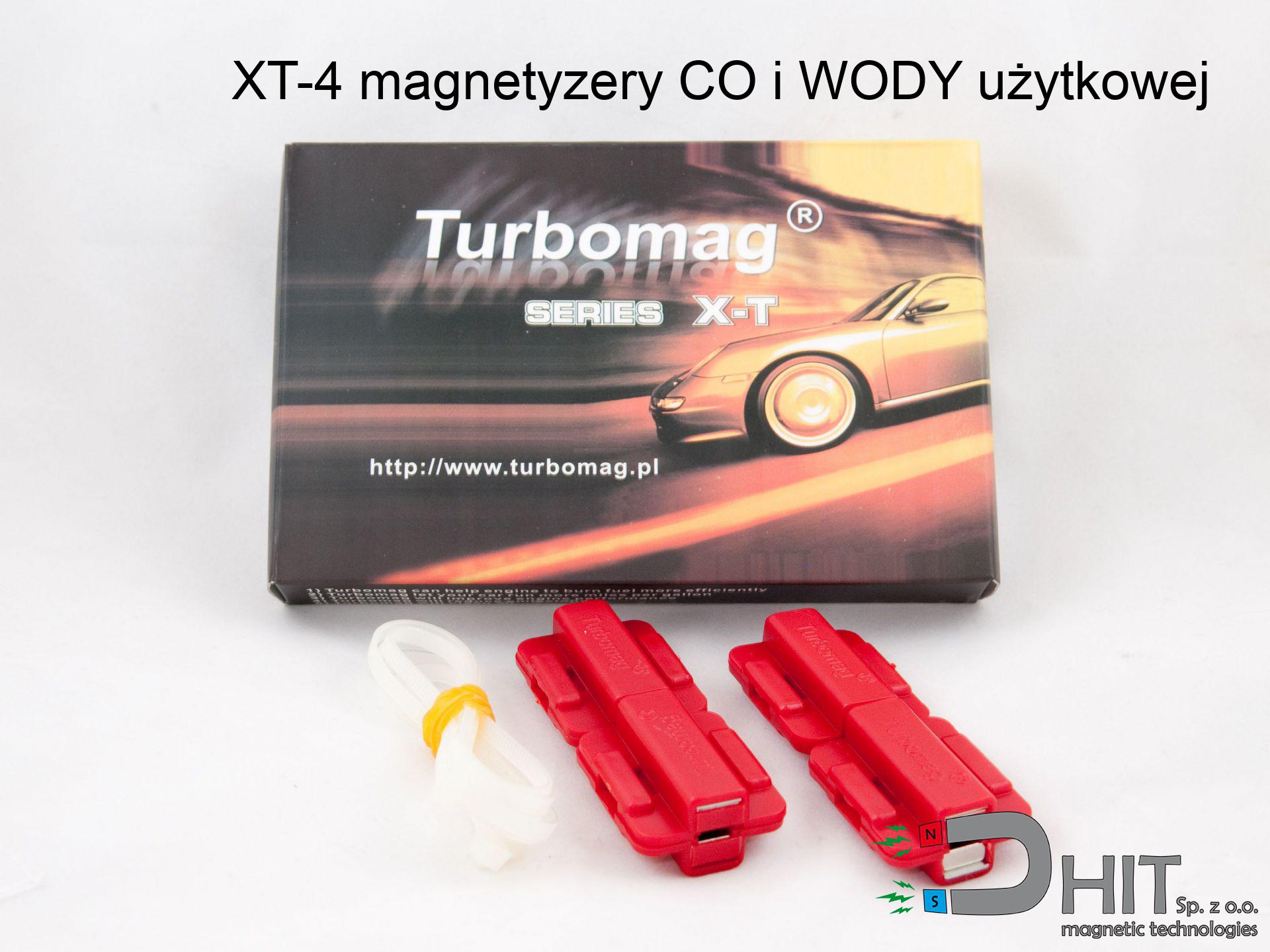UMGW 32x18x8 [M6] GW / N38 - magnetic holder internal thread
magnetic holder internal thread
Catalog no 180318
GTIN/EAN: 5906301813743
Diameter Ø
32 mm [±1 mm]
Height
18 mm [±1 mm]
Height
8 mm [±1 mm]
Weight
42 g
Load capacity
34.00 kg / 333.43 N
15.22 ZŁ with VAT / pcs + price for transport
12.37 ZŁ net + 23% VAT / pcs
bulk discounts:
Need more?
Give us a call
+48 22 499 98 98
if you prefer drop us a message by means of
request form
the contact page.
Parameters as well as form of a magnet can be calculated on our
online calculation tool.
Orders placed before 14:00 will be shipped the same business day.
Physical properties - UMGW 32x18x8 [M6] GW / N38 - magnetic holder internal thread
Specification / characteristics - UMGW 32x18x8 [M6] GW / N38 - magnetic holder internal thread
| properties | values |
|---|---|
| Cat. no. | 180318 |
| GTIN/EAN | 5906301813743 |
| Production/Distribution | Dhit sp. z o.o. |
| Country of origin | Poland / China / Germany |
| Customs code | 85059029 |
| Diameter Ø | 32 mm [±1 mm] |
| Height | 18 mm [±1 mm] |
| Height | 8 mm [±1 mm] |
| Weight | 42 g |
| Load capacity ~ ? | 34.00 kg / 333.43 N |
| Manufacturing Tolerance | ±1 mm |
Magnetic properties of material N38
| properties | values | units |
|---|---|---|
| remenance Br [min. - max.] ? | 12.2-12.6 | kGs |
| remenance Br [min. - max.] ? | 1220-1260 | mT |
| coercivity bHc ? | 10.8-11.5 | kOe |
| coercivity bHc ? | 860-915 | kA/m |
| actual internal force iHc | ≥ 12 | kOe |
| actual internal force iHc | ≥ 955 | kA/m |
| energy density [min. - max.] ? | 36-38 | BH max MGOe |
| energy density [min. - max.] ? | 287-303 | BH max KJ/m |
| max. temperature ? | ≤ 80 | °C |
Physical properties of sintered neodymium magnets Nd2Fe14B at 20°C
| properties | values | units |
|---|---|---|
| Vickers hardness | ≥550 | Hv |
| Density | ≥7.4 | g/cm3 |
| Curie Temperature TC | 312 - 380 | °C |
| Curie Temperature TF | 593 - 716 | °F |
| Specific resistance | 150 | μΩ⋅cm |
| Bending strength | 250 | MPa |
| Compressive strength | 1000~1100 | MPa |
| Thermal expansion parallel (∥) to orientation (M) | (3-4) x 10-6 | °C-1 |
| Thermal expansion perpendicular (⊥) to orientation (M) | -(1-3) x 10-6 | °C-1 |
| Young's modulus | 1.7 x 104 | kg/mm² |
Chemical composition
| iron (Fe) | 64% – 68% |
| neodymium (Nd) | 29% – 32% |
| boron (B) | 1.1% – 1.2% |
| dysprosium (Dy) | 0.5% – 2.0% |
| coating (Ni-Cu-Ni) | < 0.05% |
Ecology and recycling (GPSR)
| recyclability (EoL) | 100% |
| recycled raw materials | ~10% (pre-cons) |
| carbon footprint | low / zredukowany |
| waste code (EWC) | 16 02 16 |
Other offers
Advantages as well as disadvantages of Nd2Fe14B magnets.
Advantages
- They have stable power, and over more than ten years their performance decreases symbolically – ~1% (according to theory),
- They do not lose their magnetic properties even under external field action,
- The use of an shiny layer of noble metals (nickel, gold, silver) causes the element to have aesthetics,
- The surface of neodymium magnets generates a strong magnetic field – this is a distinguishing feature,
- Due to their durability and thermal resistance, neodymium magnets are capable of operate (depending on the shape) even at high temperatures reaching 230°C or more...
- In view of the ability of free molding and customization to individualized projects, magnetic components can be manufactured in a broad palette of geometric configurations, which makes them more universal,
- Significant place in high-tech industry – they are used in HDD drives, drive modules, diagnostic systems, also modern systems.
- Thanks to concentrated force, small magnets offer high operating force, in miniature format,
Cons
- Susceptibility to cracking is one of their disadvantages. Upon strong impact they can fracture. We recommend keeping them in a strong case, which not only protects them against impacts but also raises their durability
- NdFeB magnets lose force when exposed to high temperatures. After reaching 80°C, many of them experience permanent weakening of power (a factor is the shape and dimensions of the magnet). We offer magnets specially adapted to work at temperatures up to 230°C marked [AH], which are very resistant to heat
- When exposed to humidity, magnets start to rust. For applications outside, it is recommended to use protective magnets, such as those in rubber or plastics, which prevent oxidation and corrosion.
- We recommend a housing - magnetic mechanism, due to difficulties in producing threads inside the magnet and complex shapes.
- Potential hazard related to microscopic parts of magnets can be dangerous, in case of ingestion, which is particularly important in the aspect of protecting the youngest. It is also worth noting that tiny parts of these devices can disrupt the diagnostic process medical when they are in the body.
- Due to neodymium price, their price exceeds standard values,
Pull force analysis
Maximum lifting capacity of the magnet – what it depends on?
- with the use of a yoke made of special test steel, guaranteeing maximum field concentration
- whose thickness reaches at least 10 mm
- characterized by lack of roughness
- with zero gap (without paint)
- for force acting at a right angle (in the magnet axis)
- in temp. approx. 20°C
Lifting capacity in practice – influencing factors
- Gap (betwixt the magnet and the plate), because even a microscopic distance (e.g. 0.5 mm) results in a drastic drop in lifting capacity by up to 50% (this also applies to varnish, rust or debris).
- Loading method – declared lifting capacity refers to pulling vertically. When attempting to slide, the magnet holds much less (typically approx. 20-30% of maximum force).
- Substrate thickness – for full efficiency, the steel must be sufficiently thick. Paper-thin metal limits the attraction force (the magnet "punches through" it).
- Steel grade – ideal substrate is high-permeability steel. Hardened steels may generate lower lifting capacity.
- Surface quality – the more even the plate, the larger the contact zone and stronger the hold. Unevenness acts like micro-gaps.
- Temperature – heating the magnet causes a temporary drop of induction. It is worth remembering the maximum operating temperature for a given model.
Holding force was measured on the plate surface of 20 mm thickness, when the force acted perpendicularly, whereas under parallel forces the load capacity is reduced by as much as 5 times. Moreover, even a minimal clearance between the magnet and the plate lowers the load capacity.
Safety rules for work with NdFeB magnets
Eye protection
Beware of splinters. Magnets can fracture upon uncontrolled impact, ejecting sharp fragments into the air. We recommend safety glasses.
Power loss in heat
Control the heat. Exposing the magnet above 80 degrees Celsius will destroy its magnetic structure and strength.
Crushing force
Big blocks can break fingers in a fraction of a second. Do not place your hand between two attracting surfaces.
Keep away from electronics
An intense magnetic field interferes with the functioning of compasses in smartphones and navigation systems. Do not bring magnets near a device to prevent damaging the sensors.
No play value
Product intended for adults. Tiny parts pose a choking risk, causing serious injuries. Store out of reach of children and animals.
Powerful field
Be careful. Rare earth magnets attract from a distance and snap with huge force, often quicker than you can react.
Health Danger
For implant holders: Powerful magnets affect electronics. Maintain minimum 30 cm distance or ask another person to work with the magnets.
Magnetic media
Intense magnetic fields can destroy records on payment cards, HDDs, and other magnetic media. Keep a distance of at least 10 cm.
Dust explosion hazard
Drilling and cutting of neodymium magnets poses a fire hazard. Neodymium dust reacts violently with oxygen and is difficult to extinguish.
Allergy Warning
It is widely known that nickel (standard magnet coating) is a potent allergen. For allergy sufferers, refrain from touching magnets with bare hands or choose encased magnets.

![Magnet for screw UMGW 32x18x8 [M6] GW / N38 Magnet for screw UMGW 32x18x8 [M6] GW / N38](https://cdn3.dhit.pl/graphics/banners/magnet.webp)
![UMGW 32x18x8 [M6] GW / N38 - magnetic holder internal thread](https://cdn3.dhit.pl/graphics/products/um32x18x8-m6-gw--hec.jpg)
![UMGW 32x18x8 [M6] GW / N38 - magnetic holder internal thread - ujęcie 2](https://cdn3.dhit.pl/graphics/products/umgw-32x18x8-m6-gw-fel.jpg)





